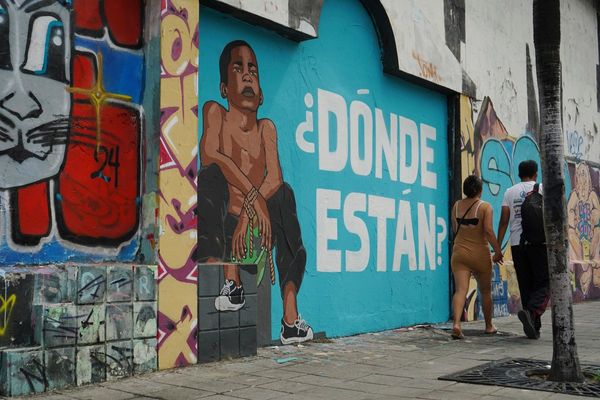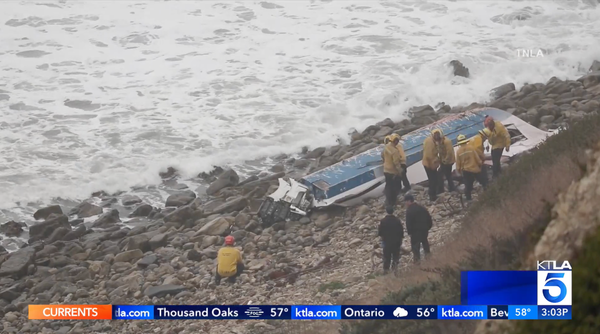
Elon Musk is on the attack.
The billionaire acquired the social network Twitter (TWTR) on Oct. 27 for $44 billion. This colossal sum is one of the motivations that pushed him to get to work quickly to find new sources of income to revive the platform.
The tech tycoon launched a drastic cost-cutting plan by slashing half of Twitter's jobs, or 3,700, in one day on Nov. 4. He also just rolled out the new Twitter Blue subscription formula by integrating the account authentication badge and by increasing the subscription to $7.99 per month.
But the bulk of the revenue will come from advertising, and Musk knows it. He wants a bigger cut of the lucrative online advertising market, shared for several years by Meta Platforms (META) via Facebook and Instagram, Alphabet (GOOGL) and its subsidiary YouTube, and TikTok, the newcomer.
To achieve this, Musk is adopting a two-pronged strategy.
Musk Woos Creators
The first step is to retain current advertisers who fear that its absolutist defense of free speech will bring extremists back to Twitter, including fans of conspiracy theories, misinformation, racist and anti-Semitic rhetoric.
Musk has tried to wield the carrot and the stick by promising them that Twitter will not become a "hellscape.” He also threatened to publicly humiliate advertisers who stop promoting their products and services on the platform, by shaming them to his 114.3 million followers.
The second front of the strategy is to take market share from YouTube, Instagram, Facebook, Snapchat and TikTok, which get the lion’s share of the lucrative advertising market.
To achieve this, the serial entrepreneur wants to completely revamp Twitter in order to make the platform attractive to creators. He intends to steal creators from competitors and convince them that Twitter is now the place to be.
Musk knows that his name and reputation will get creators/influencers to listen to him, but it will take more for them to agree to produce original content for the platform or leave the competition. He therefore wants to bring out the heavy artillery.
He put YouTube in his line of sight. He just promised that Twitter will offer revenue sharing, giving creators a much larger percentage than what the video platform currently offers them. Creators/influencers are courted by advertisers who want to promote their brands on popular content, so that it is visible to as many people as possible.
The announcement was made as part of a Twitter conversation between Musk and creators to whom he indicated the changes that Twitter will make to allow them to better express their talents.
"If twitter could handle the full length feature videos that I produce and can offer a similar monetization system like YouTube does, I would consider uploading my full videos here too for sure," one creator wrote to the billionaire.
Musk Will Pay Creators Better Than YouTube
"We can do 42 min chunks at 1080 resolution now for new Blue, so you could break up a longer video. The 42 min limit should be fixed next month," Musk responded.
He then asked: "How does YouTube monetization work & what could Twitter do better?"
"With Munro Live @live_munro we earn about 7$ per 1,000 views," another creator responded. "Sandy’s interview with you we earned about $22k for 3.3M views. If we could get a small cut of Twitter blue revenue and 40% of the ads that run in the long form content, that would be perfect."
"Interesting," Musk commented.
"YouTube gives creators 55% of ad revenue, FWIW," said another social media influencer.
And that's when Musk made an announcement which will no doubt resonate very strongly in Silicon Valley where YouTube, Instagram, Facebook and Snapchat are already trying everything to limit the rise of TikTok.
The short-form video platform's recent popularity with Gen Zs makes it a prime destination for advertisers looking to expand their customer base and appeal to the next generation of consumers.
"We can beat that," Musk said.
In other words, Twitter will give more than 55% of the advertising revenue generated by their content. The revenue-sharing models diverge depending on the platforms as well as the format of the content - short or long.
The longer-form videos on YouTube give 55% of their ad revenue to creators and 45% to YouTube. The short-form version changes that, with only 45% of total revenue going to creators.







